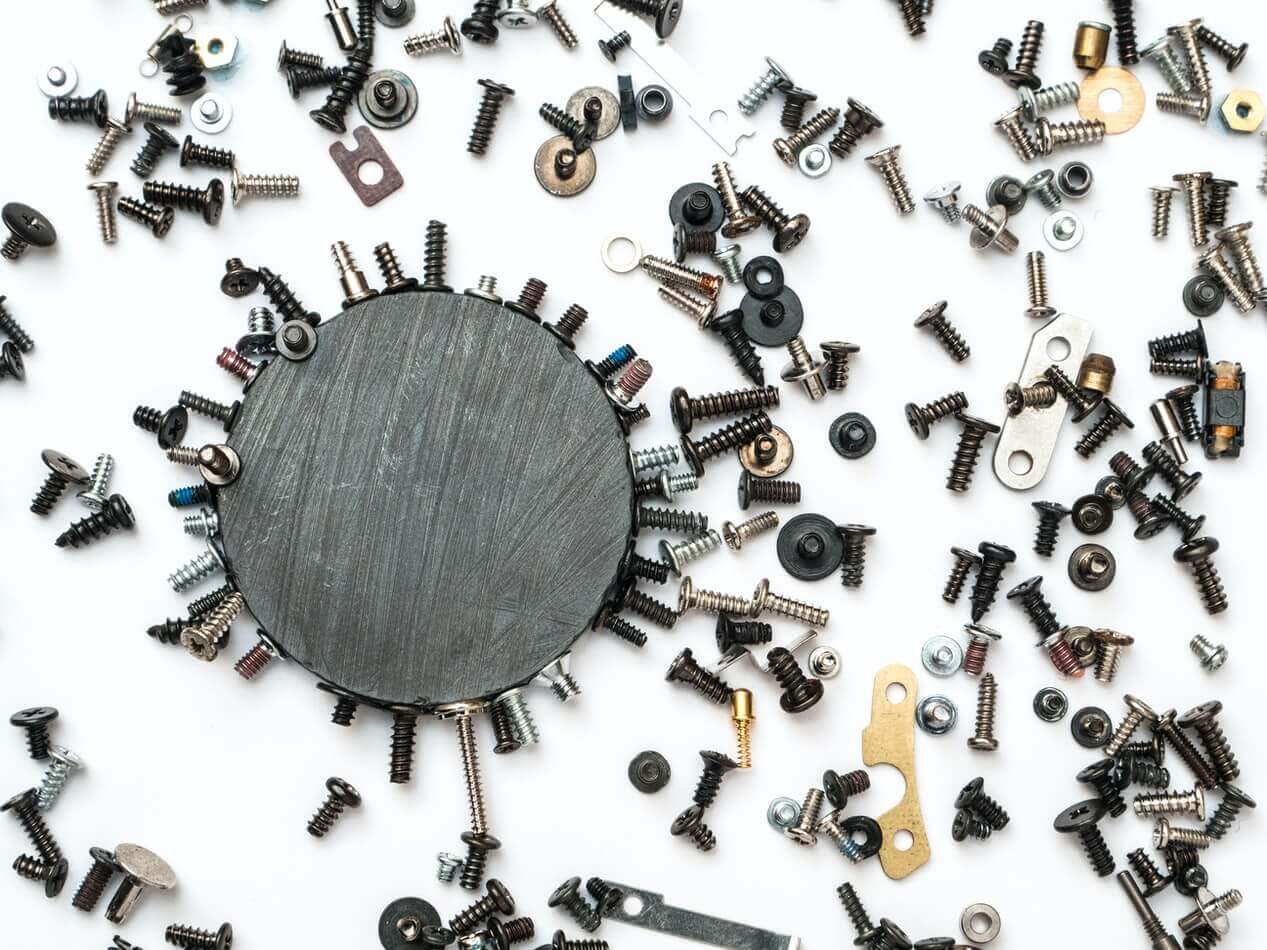No such tab
Not found expected subpage

Unfortunately, the page you are looking for could not be found.
The URL might be incorrect or the page may have been moved.
For further assistance, you can:
- go to the homepage and navigate to the desired magnetic category,
- use the search function to find the resource you are interested in
- visit the price list page, where you will find our entire offer, which you can also print out
- contact us through the contact form on the contact page or call us at +48 22 499 98 98.
Thank you for choosing our company.
IP: 216.73.216.170
Need advice?
Call us now +48 22 499 98 98 or send us a note via request form the contact page.
Strength as well as shape of magnets can be estimated with our magnetic calculator..
Order by 14:00 and we’ll ship today!

